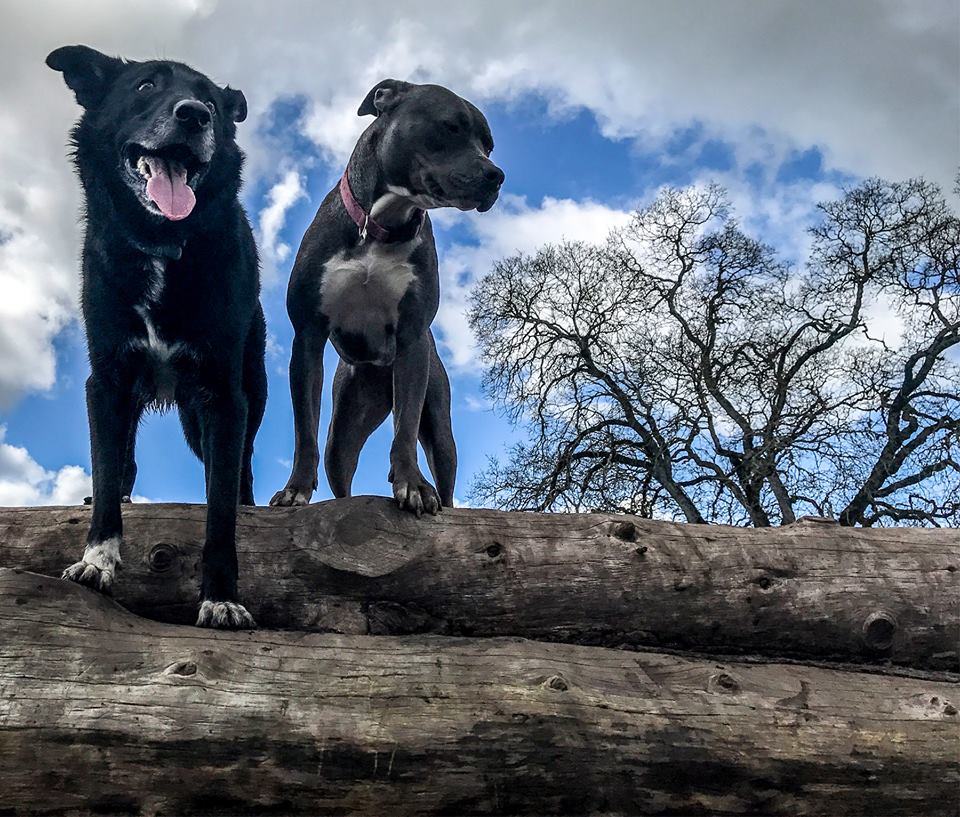Keep Your Pet Happy and Healthy During Cold Winter Months
Halloween Safety Tips
September 13, 2017 You may be ready for the colder winter months, but is your dog? It’s important to your pet’s health to be aware of potential winter dangers and ensure your dog stays active.
You may be ready for the colder winter months, but is your dog? It’s important to your pet’s health to be aware of potential winter dangers and ensure your dog stays active.
PREPPING YOUR PUP
As beautiful as your dog’s coat may be, fur does not provide perfect insulation. If your pet’s coat gets wet, the fur loses much of its insulating abilities. If your pet will be outside, please make sure they have warm, dry, and draft free shelter. If your dog will be outside, their doghouse should be well insulated with the entry facing away from the wind to avoid exposure.
Pets that spend a lot of time outdoors may need more food. Keeping warm forces your dog to expend more energy. Monitor your dog’s water bowl or use a heated bowl if it is kept where it may freeze. Using plastic or ceramic food and water bowls will insure your dog’s tongue does not freeze to the dish.
Even a short time spent in below zero temperatures can cause frostbite to your pet’s feet, nose, or ears. Indicators of frostbite include red, gray or white discoloration of the skin and possible peeling skin. Remove ice and snow from your dog’s paws and fur immediately. Be sure to thoroughly check your dog’s paws, including between the toes.
Check for antifreeze leaks from your car. Pets are attracted to the sweetness of antifreeze and it is deadly to your dog if consumed and not treated immediately. You may also consider using a pet-safe antifreeze which is free of ethylene glycol, the ingredient dangerous to your pet.
POINTERS FOR AN ACTIVE AND HAPPY DOG!
A nice brisk stroll is a good way to break up your dog’s day if he or she is kept inside. Keep in mind most sidewalks are treated with salt or chemicals to prevent ice, which can be harmful to your dog. Protect their paws with booties or be sure to rinse them upon returning home.
Turn mealtime in to a stimulating game! Offer your pup’s meals in a feeder toy rather than a bowl. This will not only slow down how quickly they eat which helps prevent gastrointestinal issues, but studies show dogs enjoy their food more when they have to work for it. The same can be done for giving your dog treats. Place them in a treat dispensing toy, or even put your pup in another room and hide treats for them to come back and find.
Winter is a good time to teach your dog fun new tricks. Start with simple tricks like “stay” or “shake.” Work your way up to tricks such as “roll over.” Try to keep training/trick sessions limited to about 15 minutes.
These pointers and being aware of potential dangerous will help you keep your dog safe and happy during the upcoming cold months!
